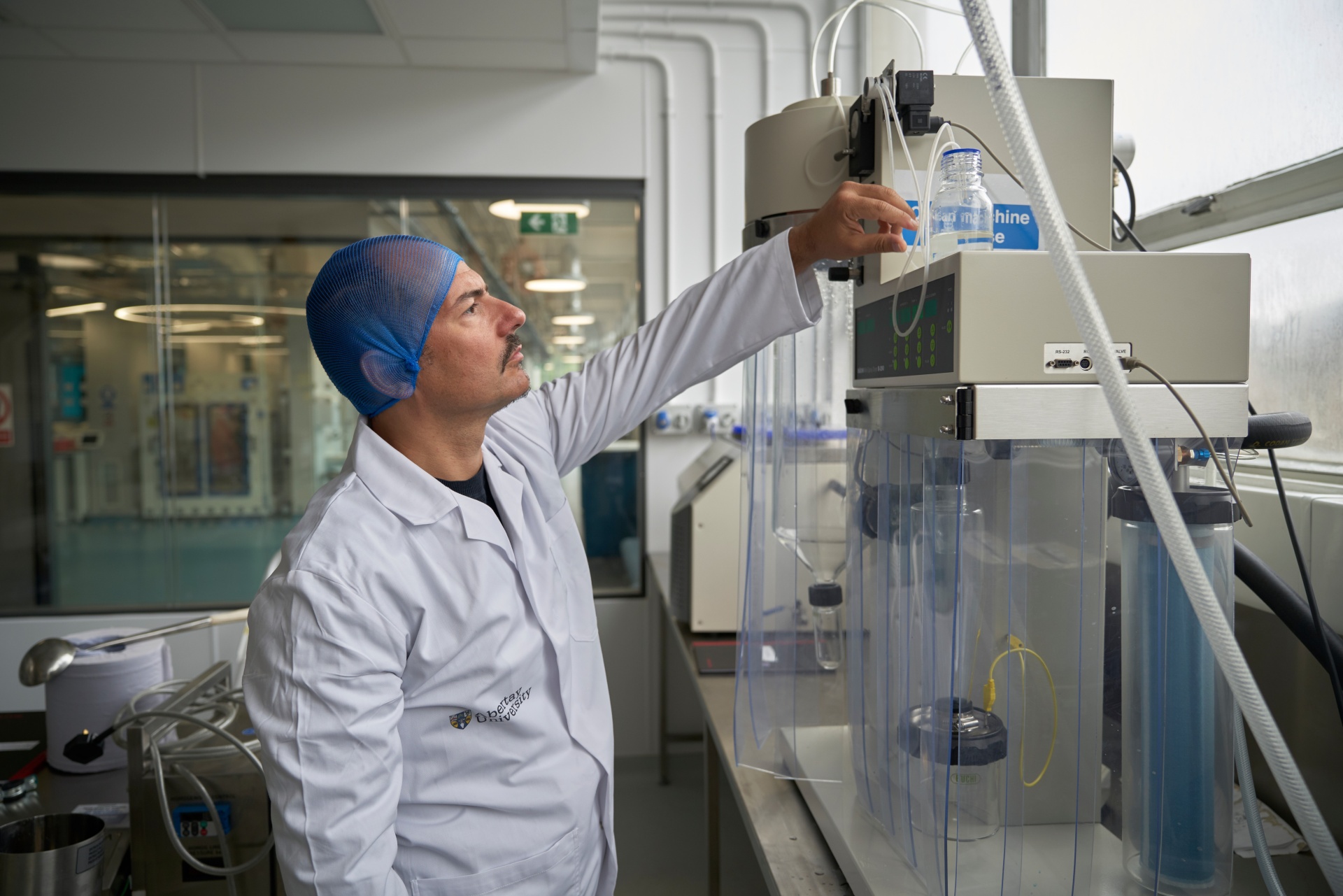Pause carousel
Play carousel

Scientists at Abertay University have developed an e-cigarette liquid with the potential to significantly reduce one of the most toxic groups of harmful vaping emissions.
The research project created a new liquid formulation that reduced health-damaging carbonyls in the inhaled vapour by between 72% and 100%.
Drawing on chemical and food science expertise, researchers added compounds that can be found in green tea and olives to simulated e-cigarette liquids, using these to trap the precursors of carbonyls that would usually be inhaled.
Testing found the addition of these ‘polyphenols’ (gallic acid, hydroxytyrosol and epigallocatechin gallate) reduced the level of chemicals such as formaldehyde, methylglyoxal and glyoxal in the e-cigarette aerosol vapours.
The ‘trapping’ process works by the polyphenols blocking part of a chemical reaction chain that leads to the formation of the toxic compounds.
Carbonyls are the most harmful of the unwanted by-products of burning e-cigarette liquids, with some classified as carcinogens or known to cause irreversible lung damage.
“We were able to suppress the majority of these carbonyls to achieve this breakthrough, which we hope will have the potential to offer significant health benefits to users of vaping devices." - Dr Alberto Fiore
The study began in 2017 and was funded by the Carnegie Trust for the Universities of Scotland. Led by Dr Alberto Fiore of Abertay University’s School of Applied Sciences, the research has involved extensive laboratory studies of the emissions from vaping and their effects on human lung cells.
Dr Fiore said: “At the moment, e-cigarettes can produce a number of severely toxic compounds such as formaldehyde, particularly when the liquid is over-heated, and these have many well-documented adverse effects on health, especially in the lungs.
“We were able to suppress the majority of these carbonyls to achieve this breakthrough, which we hope will have the potential to offer significant health benefits to users of vaping devices.
“The next step for this project is to secure further funding to enable us to begin work on more complex types of e-liquids reflecting those used in the real world, with an eventual goal of establishing that they can be as safe as conventional e-liquids, while effectively reducing exposure to excessive levels of carbonyls.
“Vaping is, of course, still a relatively new lifestyle choice and much more research is needed in this area to fully understand all of the possible negative health impacts.”